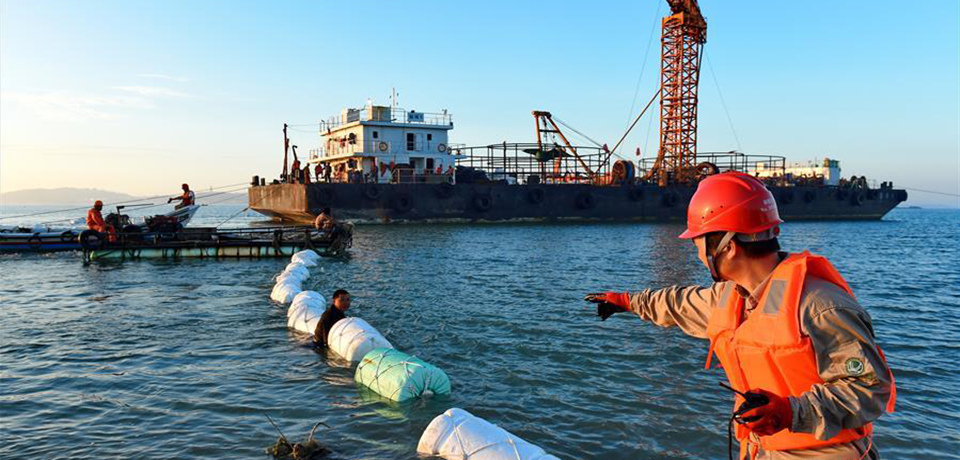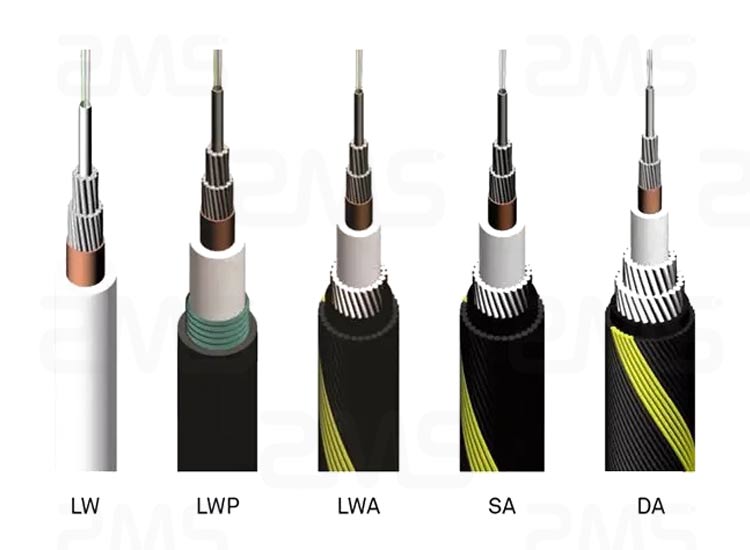
Pakistan is adding a lot of extra Internet bandwidth, and now it is adding new submarine cable systems almost every quarter. Compared to only a few hundred gigabytes of bandwidth a few years ago, Pakistan is now able to process several terabytes of data per second.
The latest submarine cable system has only two landing sites in Pakistan, Gwadar and Karachi, and will span Africa and Europe. This is the PEACE submarine fiber optic cable system constructed by China Huawei.
The submarine cable was funded by Tropic Scence and managed by Hong Kong-based telecom giant PCCW. The PEACE submarine cable system with a total capacity of 60 Tbps will be based on 200G DWDM technology. Although we have no official confirmation, sources have indicated that Cybernet and Jazz will be the local landing and global Internet partners of the Pakistani consortium.
It is noteworthy that compared to PEACE cables, the capacity of existing cable systems in Pakistan is still low, such as AAE-1 (with local partner PTCL), design capacity is 40 Tbps, and SMW-5 (with local partner Transworld) is designed The capacity is 24Tbps.
According to reports, the PEACE submarine cable system will be launched in Pakistan (Karachi and Gwadar), connecting Djibouti and other countries in Africa, the Middle East and Europe, and connecting France during the first phase. In the next phase, it will connect to other East Asian countries.
It is clear that the PEACE submarine cable system is China's search for a better connection between the potentially rich and untapped African markets. In the process, Pakistan will be the main beneficiary.

When it is put into operation in 2019, PEACE submarine cable will become Pakistan's most promising cable system, and will provide more redundancy for the Pakistani Internet landscape, helping to avoid the Internet disconnection incident that the country has experienced in the past.
Pakistan stated that the increase of 60Tbs capacity is one of the functions that PEACE will bring. Another, more important advantage is the redundancy of international bandwidth connectivity, because Pakistan still faces the dilemma of disconnection when multiple submarine cable systems are offline at the same time.
For example, Pakistan’s simultaneous failure of multiple submarine cables at the same time last year led to major Internet connectivity problems. More importantly, the new submarine cable will be equipped with more redundant optical fiber networks in Pakistan to provide a more reliable Internet and further strengthen network security.